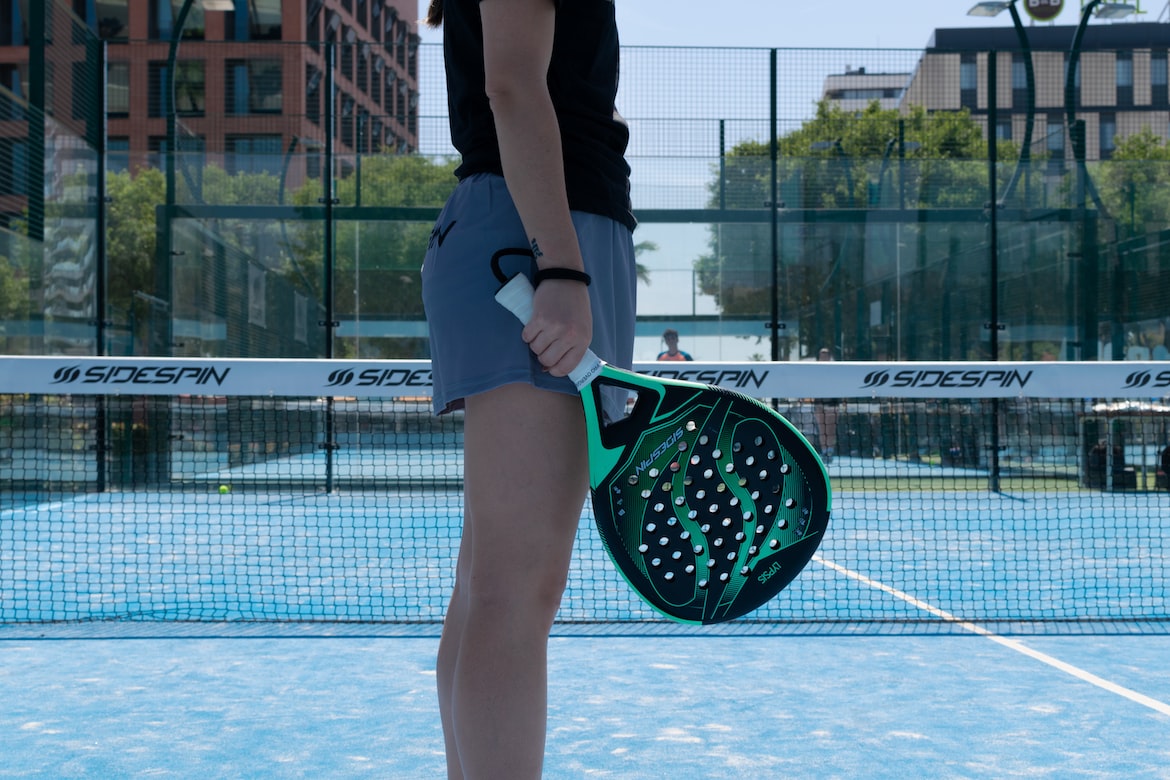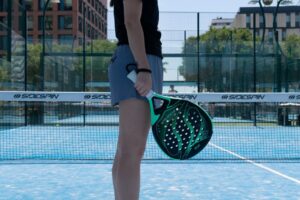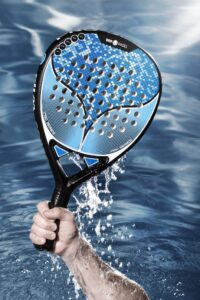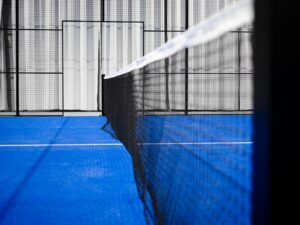How to read your opponent’s padel return
3 min read
How to Read Your Opponent’s Padel Return
Greetings padel enthusiasts! As a fellow paddle player, I understand the importance of having a solid padel return strategy. It can make all the difference in winning or losing a game. Today, I’m going to share some expert tips on how to read your opponent’s padel return, which will surely give you an edge on the court.
Observation is Key
Before we dive into the specific strategies, it’s crucial to mention the importance of observation. Stay focused and pay attention to your opponent’s every move. Observe their stance, body language, and paddle position. These cues can provide valuable insights into their padel return intentions.
The Serve Tells All
Watch closely how your opponent positions themselves during their serve. Their serving style can hint at their future paddle shots when returning. For example, if they tend to serve with topspin, they may likely use similar techniques when returning the ball. This observation will allow you to prepare better for their return.
Be Wary of Body Movements
Body movements can often reveal the direction in which your opponent will hit their padel return. Keep an eye on which leg they use to push off before hitting the ball. If they push off with their left leg, they might try to return the ball towards the right side of the court, and vice versa. This simple observation can give you an early advantage in predicting their return strategy.
Study the Paddle
Similar to body movements, the position of your opponent’s paddle can provide valuable information. When the paddle is open, your opponent is likely to aim for a powerful shot. In contrast, a closed paddle suggests a more delicate and controlled return. By reading these paddle positions, you can anticipate the speed and placement of their return, helping you to adjust your positioning accordingly.
Play Mind Games
Surprise your opponent by using clever tactics. Sometimes, try to trick them into anticipating a specific return by subtly changing your body language or paddle position. Once you’ve set this expectation, exploit their anticipation and return the ball somewhere else entirely. This strategic manipulation can throw off your opponent’s game and give you the upper hand.
Keep Practicing
Lastly, no strategy will work effectively unless you practice diligently. Implement these tips into your padel training sessions and friendly matches. The more you practice, the more your instincts will develop, enabling you to read your opponent’s padel return like a true expert.
Remember, padel return strategy is all about observing, analyzing, and adapting. By sharpening these skills, you’ll be able to anticipate your opponent’s moves, allowing you to take control of the game.
So, in conclusion, keep honing your observation skills, pay attention to body movements and paddle positions, and don’t be afraid to play a little mind game. With these tactics, your ability to read your opponent’s padel return will become a formidable asset that will leave your competitors biting the dust!







